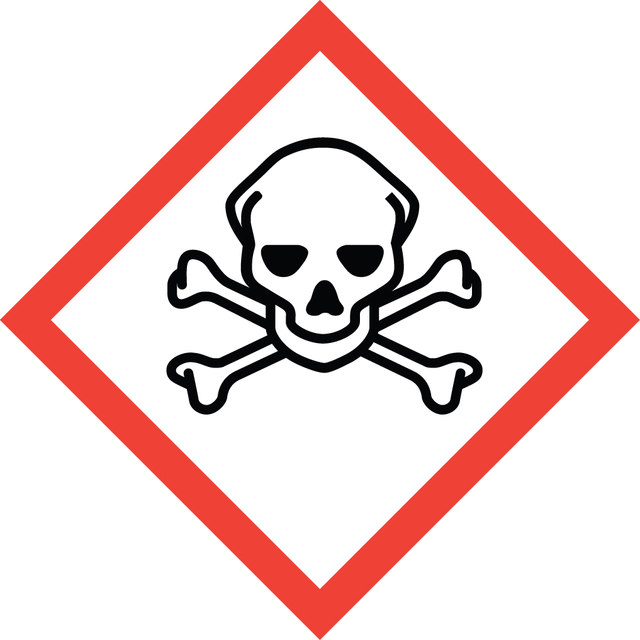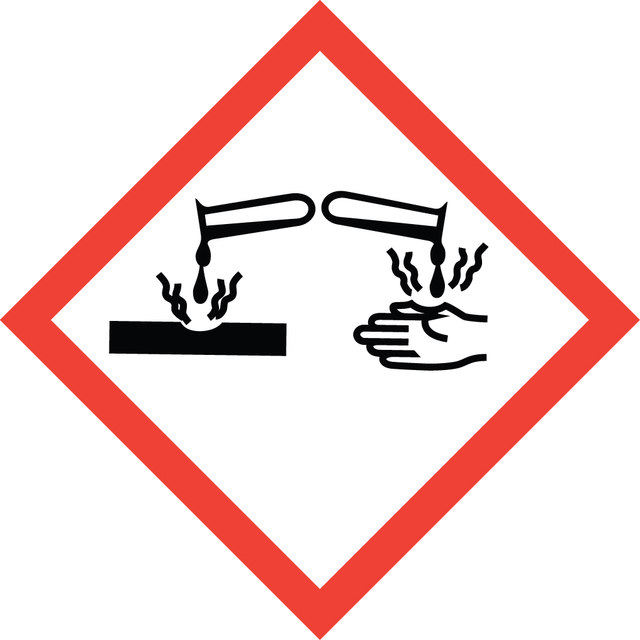Sign In to View Organizational & Contract Pricing
Select a Size
About This Item
Linear Formula:
LiOH
CAS Number:
Molecular Weight:
23.95
MDL number:
UNSPSC Code:
12352305
NACRES:
NA.23
Assay:
99.9% trace metals basis
Quality Level
Assay
99.9% trace metals basis
reaction suitability
core: lithium
mp
470 °C (dec.) (lit.)
application(s)
battery precursors
catalysts
material synthesis precursor
SMILES string
[Li+].[OH-]
InChI
1S/Li.H2O/h;1H2/q+1;/p-1
InChI key
WMFOQBRAJBCJND-UHFFFAOYSA-M
Looking for similar products? Visit Product Comparison Guide
Related Categories
General description
Lithium hydroxide (LiOH)- anhydrous, 99.9% trace metal basis is a white powder highly soluble in water. Lithium hydroxide is a strong base and can react with acids to form lithium salts and water. Its properties make it useful in a wide range of applications, including battery technology, chemical synthesis, and industrial processes.
Application
Lithium hydroxide (LiOH)- anhydrous, 99.9% trace metal basis has numerous applications across various fields. Its primary use is in battery technology, where it plays a critical role in the production of cathode materials for lithium-ion batteries; particularly lithium cobalt oxide (LiCoO2) and lithium nickel cobalt manganese oxide (LiNiMnCoO2). It enhances the electrochemical performance and stability of these batteries. It is very useful in research areas of next-generation batteries, including lithium-sulfur and solid-state batteries to enhance energy density and extend battery lifespan. LiOH is used as a strong base in various chemical syntheses, facilitating reactions that require alkaline conditions. In the production of ceramics and glass, LiOH is used as a flux to lower the melting point of the raw materials and as an additive to improve the properties of ceramic glazes, such as durability and thermal resistance. LiOH is utilized in CO2 scrubbers to absorb carbon dioxide from the air. This application is particularly important in closed environments such as submarines and spacecraft, where maintaining breathable air is critical.
Features and Benefits
- Lithium hydroxide (LiOH)- anhydrous is designed for high-end research applications with stringent control of water content and trace metal impurities.
- Lower content of trace metals especially, B, Ca, Al, Sr, K, and Na contribute to enhanced performance.
Signal Word
Danger
Hazard Statements
Precautionary Statements
Hazard Classifications
Acute Tox. 3 Oral - Eye Dam. 1 - Skin Corr. 1B
Storage Class Code
6.1D - Non-combustible acute toxic Cat.3 / toxic hazardous materials or hazardous materials causing chronic effects
WGK
WGK 1
Flash Point(F)
Not applicable
Flash Point(C)
Not applicable
Regulatory Information
危险化学品
This item has
Choose from one of the most recent versions:
Already Own This Product?
Find documentation for the products that you have recently purchased in the Document Library.
Electrochemical performance of lithium?sulfur batteries based on a sulfur cathode obtained by H2S gas treatment of a lithium salt.
Dressel C B, et al.
Journal of Power Sources, 307 (1), 844-848 (2016)
Kamran Amin et al.
Advanced materials (Deerfield Beach, Fla.), 30(4) (2017-12-12)
A sulfur-linked carbonyl-based poly(2,5-dihydroxyl-1,4-benzoquinonyl sulfide) (PDHBQS) compound is synthesized and used as cathode material for lithium-ion batteries (LIBs). Flexible binder-free composite cathode with single-wall carbon nanotubes (PDHBQS-SWCNTs) is then fabricated through vacuum filtration method with SWCNTs. Electrochemical measurements show that
Our team of scientists has experience in all areas of research including Life Science, Material Science, Chemical Synthesis, Chromatography, Analytical and many others.
Contact Technical Service
